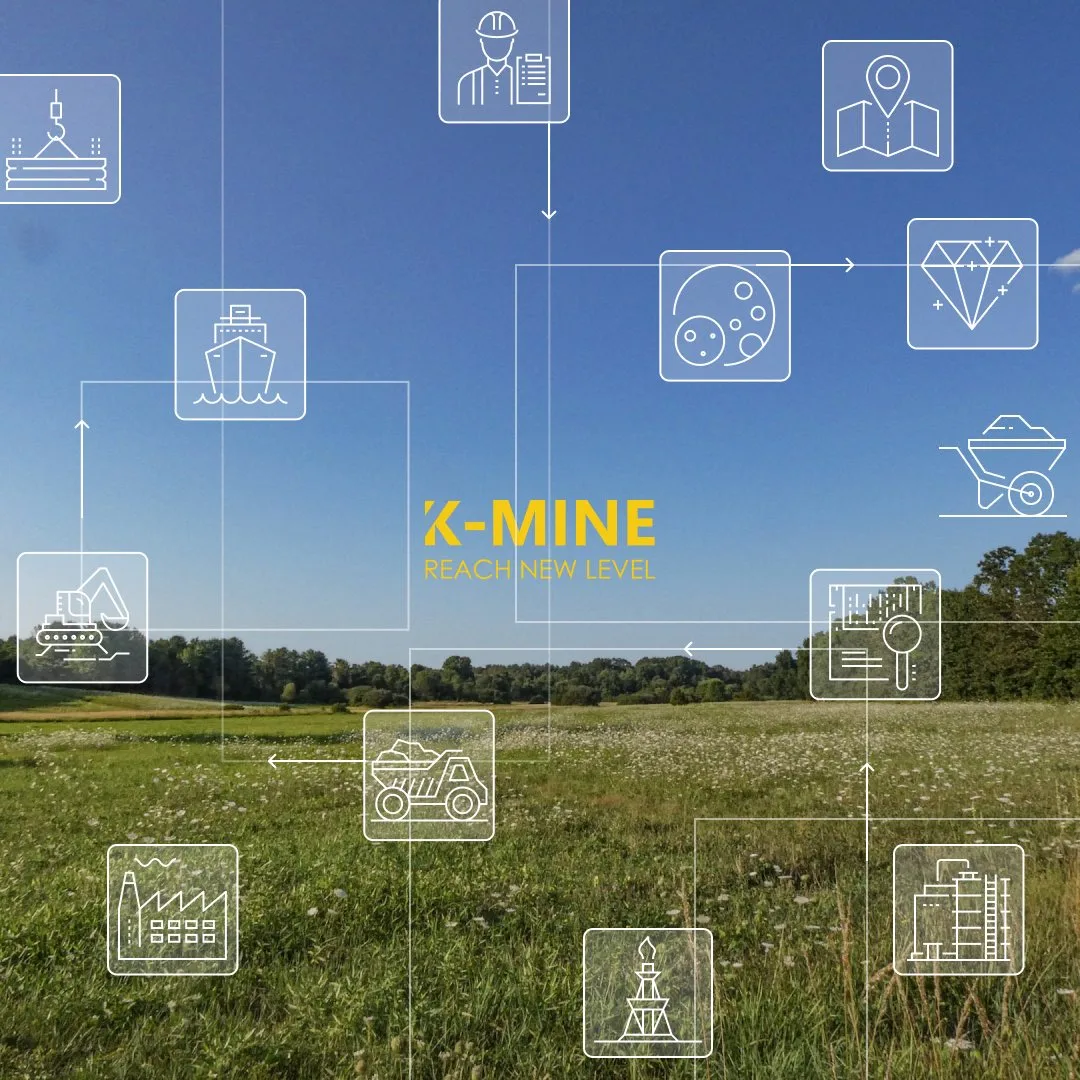
Content
The journey of greenfield mining projects is complex and multifaceted, encompassing exploration, planning, financing, and community engagement. Once the preliminary stages are successfully navigated, the project transitions into a critical phase – overseeing construction and commissioning. This phase is pivotal to bringing the mine to life, marking the shift from paperwork and planning to physical development and operation. As such, overseeing construction and commissioning is a significant milestone in kick-starting mining operations, setting the foundation for the mine’s operational life cycle. This article aims to provide an in-depth look into the process, challenges, and significance of this crucial stage in greenfield mining projects.
Understanding Construction and Commissioning
In the realm of mining projects, construction and commissioning signify two intertwined phases marking the transition from theoretical plans to operational reality.
The construction phase involves the physical establishment of the mine based on the approved project designs and plans. It includes tasks such as site preparation, infrastructure development, installation of processing plants, and establishing essential facilities like power supply and water management systems. The primary objective is to build a robust, safe, and efficient mining operation that aligns with the detailed mine plan and adheres to regulatory, environmental, and social commitments.
Following construction, the commissioning phase commences. This phase involves rigorous testing and verification of the mine’s systems, machinery, and processes to ensure they function as intended. It’s the final checkpoint before the mine becomes operational. During commissioning, potential operational issues are identified and rectified, ensuring that the mine operates safely, efficiently, and within its designed capacity.
These twin processes are vital to setting the stage for the extraction and processing of minerals, essentially laying the groundwork for the mine’s operational lifecycle. They are the concrete manifestation of all previous planning, feasibility, and design stages, and their successful execution is critical to the overall success of a greenfield mining project.
Planning and Managing Construction
Planning and managing the construction phase of a greenfield mining project is a complex, multifaceted endeavor that requires careful attention to several key aspects.
Timelines: Creating a detailed construction schedule is fundamental. The schedule should align with the overall project timeline and include specific milestones for the completion of key components such as infrastructure setup, machinery installation, and site preparation. Any potential delays can have significant knock-on effects on the project’s overall timeline, so monitoring progress against the schedule is crucial.
Resources: Effective resource management is also paramount. This includes ensuring the availability of necessary materials, equipment, and labor at the right time. It involves careful coordination with suppliers and contractors, proactive identification of potential bottlenecks, and efficient allocation of resources.
Safety Considerations: Safety is a non-negotiable aspect of any mining construction project. A comprehensive safety plan needs to be in place, and all team members must be thoroughly trained on safety protocols. Regular safety audits and checks should be conducted to identify and mitigate potential hazards.
Environmental Impacts: Construction activities in mining can have significant environmental impacts. Therefore, measures to minimize these impacts must be integrated into the construction plan. This includes adhering to approved environmental management plans, implementing erosion and sediment controls, and ensuring proper waste management.
Planning and managing these aspects effectively can help ensure that the construction phase proceeds smoothly, setting the stage for successful commissioning and operation of the mine.
The Commissioning Process
The commissioning process is a vital phase that bridges the gap between construction completion and the initiation of mining operations. It is a rigorous set of procedures designed to validate and verify that the newly built facilities operate as intended and are ready for full-scale operation. Let’s discuss the main steps in detail.
Pre-Commissioning Checks: Prior to the formal commissioning process, pre-commissioning checks are carried out. These are thorough inspections of the installed equipment and infrastructure, checking for any defects or installation errors. It’s also during this stage that all safety devices and systems are checked to ensure they’re functioning correctly.
System Checks: The next stage involves system checks, which are performed to ensure that each subsystem functions correctly in isolation. This often includes checks of electrical systems, fluid systems, mechanical systems, and control systems. Problems identified during these checks can be rectified before moving on to more complex testing.
Functional Testing: After the system checks, functional testing is carried out. This phase involves testing the interaction between different systems and subsystems. For instance, in a processing plant, this could involve checking the conveyor system, crushers, and mill to make sure they work correctly in sequence.
Initial Operation: Once all the checks and tests are successfully completed, the initial operation phase can begin. During this stage, the entire facility is operated as it would be under normal circumstances, but under controlled and closely monitored conditions. It allows for the detection of any issues that might not have been evident during isolated testing.
Throughout the commissioning process, documentation is essential. Detailed records of all checks and tests must be maintained, not just for regulatory compliance but also as a valuable resource for troubleshooting and future reference. The end goal of this diligent process is a fully functional, efficient, and safe mining operation.
Challenges in Construction and Commissioning
In the world of greenfield mining projects, the construction and commissioning phase is often fraught with potential pitfalls and challenges. Recognizing these and devising strategies for their mitigation is key to ensuring the project stays on track.
Delays: One of the most common challenges is project delays, which could be due to a multitude of factors. These can range from unexpected site conditions, design changes, equipment delivery delays, to unanticipated regulatory issues. Effective project management, thorough planning, and a flexible approach can help manage and minimize delays.
Budget Overruns: Budget overruns are another challenge that needs careful attention. Unforeseen expenses can arise from different quarters – extra material costs, overtime payments for labor, additional safety measures, and more. A well-structured, detailed financial plan, along with a contingency budget, can help keep finances under control.
Technical Difficulties: The complexity of mining projects means technical difficulties can arise at any point. Equipment failures, issues with the design, or challenges in integrating different systems can significantly hamper progress. Having a competent technical team and engaging experienced contractors can help tackle these problems effectively.
Environmental and Social Impacts: Mining projects often face criticism due to their potential environmental and social impacts. Effective environmental management and ongoing community engagement are crucial to mitigate such challenges.
By anticipating these potential problems and proactively implementing strategies to manage them, mining projects can stay on course, ensuring the construction and commissioning phase is as smooth as possible.
The Role of the Project Team
The project team plays a pivotal role during the construction and commissioning phase of a greenfield mining project, ensuring that all aspects of the operation proceed as planned. The team’s responsibilities during this phase are multifaceted and extend across the spectrum of the project’s implementation.
Effective Coordination: One of the key roles of the project team is to ensure effective coordination of all activities. This means aligning different teams, including construction crews, engineers, environmental specialists, and safety officers, towards the common goal. It involves scheduling tasks, allocating resources, and resolving conflicts to ensure smooth progression of the project.
Communication: The project team is also responsible for maintaining open and clear lines of communication. This includes communication within the team, with other stakeholders such as contractors, suppliers, and local communities, and with regulatory bodies. Providing regular updates, addressing concerns, and facilitating discussions are all part of this communication role.
Safety Management: Safety is a paramount concern in any mining project. The project team needs to enforce safety protocols, conduct safety training and drills, and ensure that all activities comply with the industry safety standards. Any incidents should be promptly addressed, and preventive measures should be reviewed and reinforced regularly.
Problem Solving: Issues and challenges are inevitable during the construction and commissioning phase. The project team must have the ability to identify these problems quickly and come up with effective solutions. This involves having a good understanding of the project, flexibility, and strong decision-making skills.
Quality Control and Assurance: Lastly, the project team has a critical role in quality control and assurance. They need to ensure that all work meets the planned design and quality standards, whether it’s construction work, installation of equipment, or the commissioning process.
In essence, the project team’s role is integral to the success of the construction and commissioning phase. Their skills, knowledge, and commitment can make the difference between a project that thrives and one that merely survives.
Moving from Commissioning to Full Operation
The transition from the commissioning phase to full operation is a significant milestone in a greenfield mining project. This phase signifies the commencement of actual mining operations and the beginning of the return on investment. However, this shift is not simply a switch from one mode to another. It involves meticulous planning, consistent performance monitoring, and a commitment to continuous improvement.
Necessary Adjustments: One of the first tasks in transitioning to full operation is making necessary adjustments based on findings from the commissioning phase. This could involve fine-tuning machinery, revising operational procedures, or even retraining staff. The aim is to ensure the operation runs as smoothly and efficiently as possible, based on real-world data obtained during commissioning.
Performance Monitoring: Another critical element of this phase is performance monitoring. In the initial stages of full operation, it is crucial to closely monitor the project’s output, safety performance, and environmental impact. Monitoring allows the team to identify any issues early and take prompt corrective action. This helps maintain the efficiency and effectiveness of the operation, whilst also safeguarding the project’s economic feasibility and regulatory compliance.
Continuous Improvement: Lastly, moving to full operation does not signify the end of improvement efforts; rather, it is the start of an ongoing commitment to continuously enhance the operation. Continuous improvement in a mining context might involve seeking ways to improve safety standards, increase operational efficiency, minimize environmental impact, or boost profitability. This commitment helps ensure the long-term sustainability and success of the mining operation.
In conclusion, the transition from commissioning to full operation is a critical phase that sets the tone for the ongoing mining operation. A successful transition requires careful planning, robust monitoring, and a continual drive for improvement.
Conclusion
Overseeing the construction and commissioning phase is a crucial part of greenfield mining projects. From understanding the objectives of construction and commissioning to effectively planning and managing these processes, this phase lays the foundation for a successful mining operation.
Potential challenges during this phase, such as delays, budget overruns, and technical difficulties, underscore the importance of having a well-prepared project team and robust mitigation strategies. The role of the project team is not only to coordinate and communicate effectively but also to ensure that the transition from commissioning to full operation is smooth and efficient.
The journey doesn’t end with the transition to full operation; it’s just the beginning. Once the operation commences, it’s about making necessary adjustments, continuously monitoring performance, and striving for ongoing improvement. This commitment to continuous enhancement is what helps to ensure the long-term sustainability and success of the mining operation.
Stay tuned for our next topic in this series, where we’ll explore managing operations and optimizing production in mining projects. We’ll delve into the challenges, best practices, and strategies to maximize efficiency and profitability while ensuring environmental sustainability and worker safety. Don’t miss it!



 Back
Back